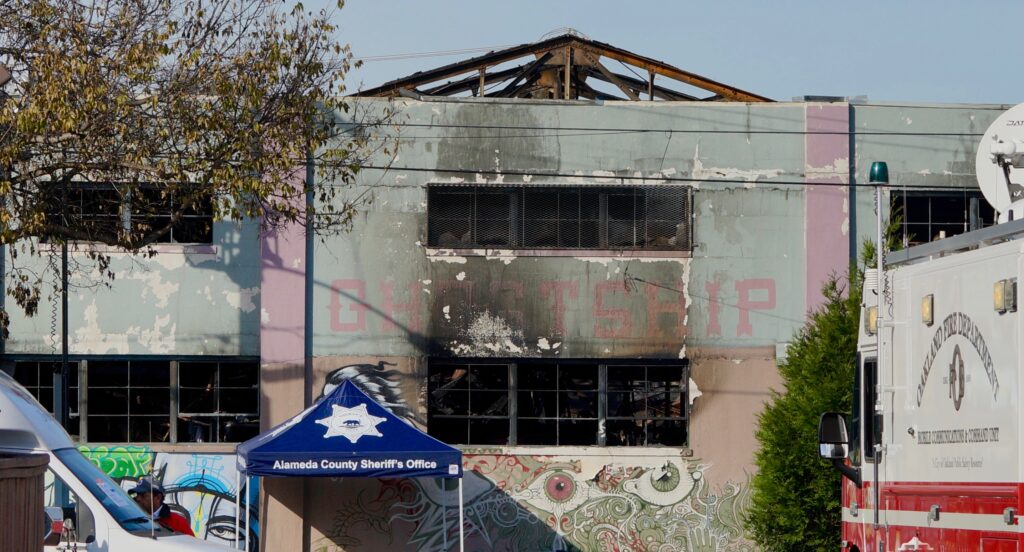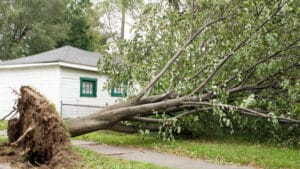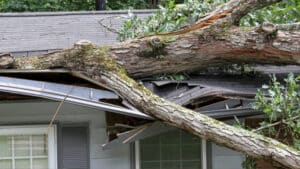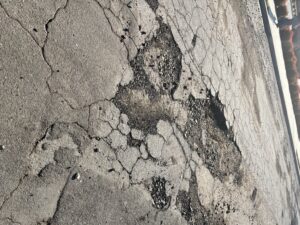
My heart, and those of the entire Bay Area, go out to the families and friends whose loved ones died at the Ghost Ship on December 2, 2016. The horrific inferno at the converted, two-story warehouse constitutes the deadliest structure blaze in California since the 1906 San Francisco earthquake and fire.
Understanding what occurred and what actions may have prevented the fire is fundamental to providing answers to questions being asked by the families and friends as well as ensuring the tragedy is not repeated in Oakland or elsewhere.
All but one of the victims were attending or performing at an electronic music show on the second floor of the Ghost Ship. Fire fighters reached warehouse within three minutes of the first 911 call as a fire station was located only a block and a half away. Even though the emergency response was near immediate, thirty-six people died. Why?
The primary reason was the first floor of the warehouse, where the fire started, was an artists’ collective of end-to-end furniture, artwork, musical instruments, wooden lofts, rugs and tapestries. The dense collection of combustible material enabled the fire to spread rapidly, filling the Ghost Ship with thick, black smoke that poured from the building’s windows for several hours.
The building also lacked sprinklers and fire alarms and had only two exits. The main access to the second-floor event space was a narrow, makeshift staircase consisting of stacked wooden pallets that was consumed by the fire.
The Ghost Ship should have been listed in an Oakland database of commercial buildings that require annual fire safety inspections. Inspectors determine whether building entrances and exits, fire sprinklers, fire/smoke alarms, combustible storage, and electrical components are in compliance with fire codes. Discovery of violations leads to follow up inspections.
The Ghost Ship would have obviously failed an inspection. According to press reports, however, the warehouse was not listed in the Oakland Fire Department’s database of commercial properties and had never been inspected by a fire marshal. This information should not have come as a surprise to any Oakland officials.
In 2014, the Alameda County Grand Jury found extensive inefficiencies and mismanagement in Oakland’s commercial building fire code compliance inspection program. The Grand Jury reported that Oakland fire inspectors checked on only half of the 12,000 identified commercial properties. Some 2,000 owners refused inspections while another 4,000 properties were simply never inspected.
I have been asked how the City of Oakland could receive such a report from the Grand Jury and fail to undertake meaningful reforms. Wouldn’t City officials be concerned about being sued for failing to conduct annual fire safety inspections if a person died in a fire? Unfortunately, the answer is “no.”
California Government Code Section 818.6 provides that a public entity cannot be held “liable for injury caused by its failure to make an inspection, or by reason of making an inadequate or negligent inspection, of any property, other than its property.”
In Cochran v. Herzog Engraving Co., 155 Cal. App. 3d 405 (1984), a husband whose wife died in a fire at a commercial property brought suit against the City of San Mateo. The property had been inspected by a fire marshal. The lawsuit charged that the marshal failed to recommend appropriate fire safety measures which led to the fatal fire. The Court held that Government Code Section 818.6 granted the city absolute immunity from liability for any deficient inspection of private property by a fire marshal.
Our civil justice system creates powerful incentives for individuals, corporations and public entities to ensure their actions, or omissions, do not harm others. These incentives disappear, and negligence is rewarded, if through law or court decisions immunity from civil liability is granted to individuals, corporations and public entities.
Simply put, a moral hazard is created. No matter how well meaning, parties that are protected from the risk of litigation act with less diligence and fail to proactively address dangers than parties without such protection. This should be one of the lessons of the Oakland warehouse fire. The Legislature should undertake serious consideration to significantly amending or repealing Government Code Section 818.6.
By attorney Christopher B. Dolan, owner of the Dolan Law Firm. Email Chris questions and topics for future articles to help@dolanlawfirm.com










